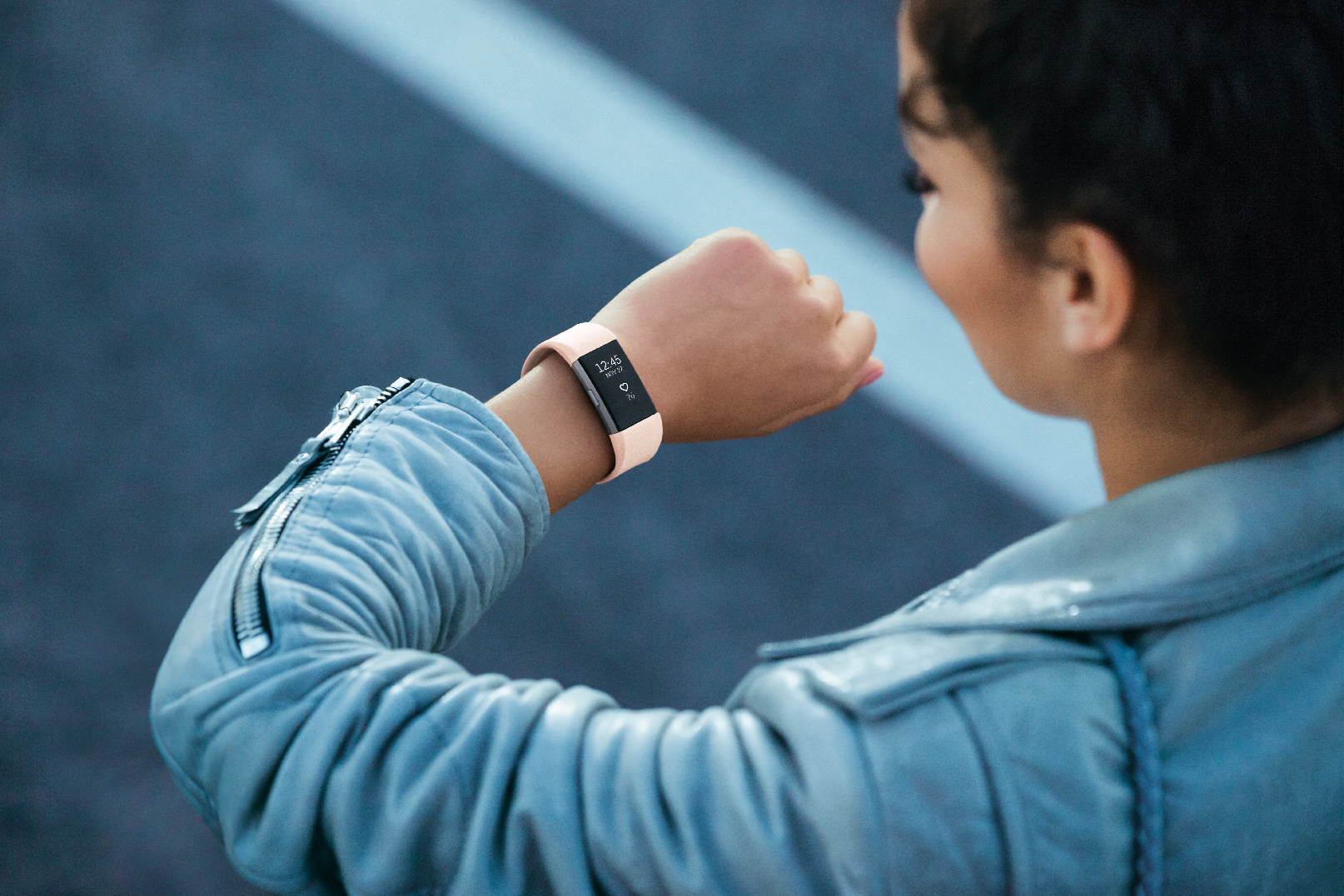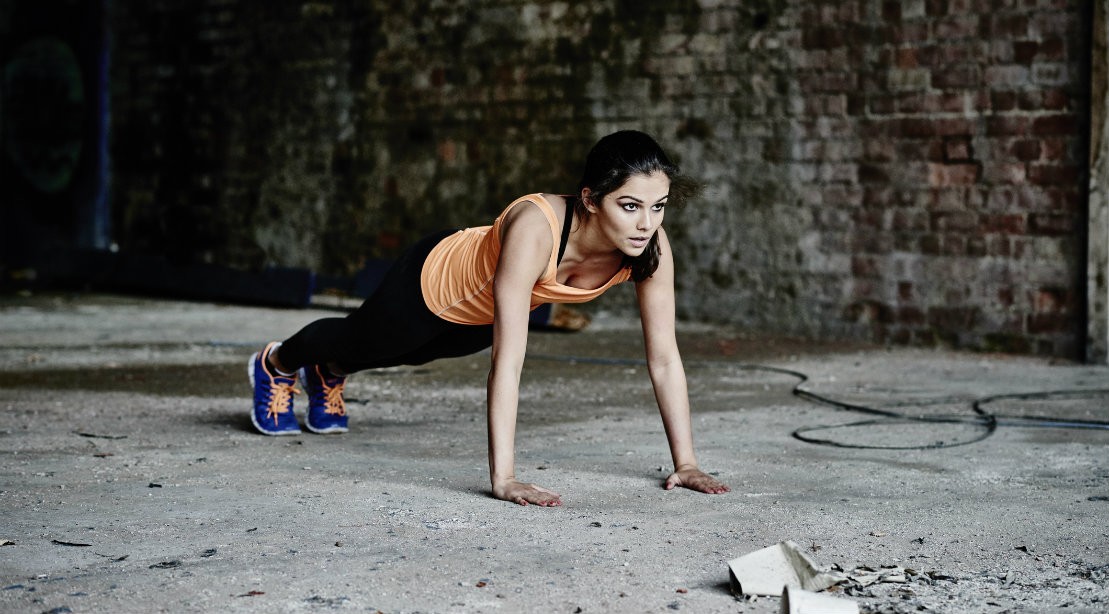Fitness trackers, smart watches, and other wearable technology are the number one fitness trend for 2019, according to the American College of Sports Medicine (ACSM)
Every year the survey is designed to update new trends that have a positive impact on the fitness industry according to the international respondent.
Highlights of the 2019 annual survey of health and fitness trends included:

1. Wearable technology was at the top-ranked position it had occupied for two consecutive years, before dropping to number three in last year’s survey. The return of wearables might be due to the result of manufacturers correcting some monitoring inaccuracies of the past.
2. Group training, defined as classes of more than five participants, was rated number two for the second year in a row. Small group training has been gaining popularity because it’s an affordable, fun way for clients to take advantage of a trainer’s expertise at a lower financial investment — all while keeping the fun and competitiveness of a group dynamic.
3. Third in the league is, high-intensity interval training (HIIT), referring to short bouts of workout followed by a short rest period.
4. Fitness Programs for Older Adults has made a strong return to the top 10 in recent surveys. “Older adults” typically refers to anyone age 65 years or older, but it is important to realise that this age group includes a wide range of fitness and health needs.

5. Body weight workouts: For a bodyweight practitioner a strong core is the key to build body strength. Be brave and abandon the stability which most weights machines offer. Instead, hit the floor and perform your press ups unilaterally, on one leg or with one arm. You’ll find the added degree of difficulty recruits more muscle fibres, engages the core and gets the different muscles in the body working cohesively.
6. Ranked sixth in the order, is employing certified fitness professionals – certified by ACSM or other nationally accredited organisations replacing “educated, certified, and experienced fitness professionals,”.
7. Yoga. With the increasing rise in different forms of yoga like the Power Yoga, Yogilates, yoga in hot environments, and others it has for the first time appeared in the top 10 in this survey after 2016.
8. Personal Training. With increasing demand, personal training has become more accessible online, in health clubs, in the home, and in worksites that have fitness facilities. Personal training includes fitness testing and goal setting with the trainer working one on one with a client to prescribe workouts specific to each client’s individual needs and goals.
9. Functional Fitness Training. There is a trend toward using strength training and other activities/movements to improve balance, coordination, strength, and endurance to improve activities of daily living. Replicating actual physical activities someone might do it as a function of their daily routine depending on the need. Functional fitness also is used in clinical programs to replicate activities done around the home.
10. Exercise is Medicine. It is a global health initiative that is focused on encouraging primary care physicians and other health care providers to include physical activity assessment and associated treatment recommendations as part of every patient visit and referring their patients to exercise professionals. In addition, EIM recognizes fitness professionals as part of the health care team in their local communities.
Trends dropping out of the top 20 since the previous survey were circuit weight training, sport-specific training, and core training.